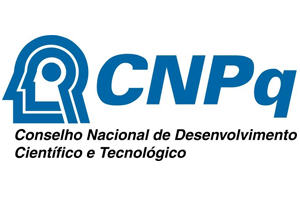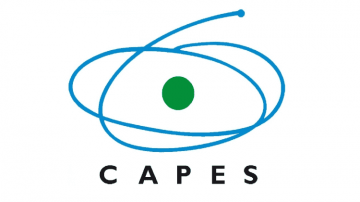Adiba K. Amine
Department of Chemistry, College of Education for pure science science (Ibn-Al-Haitham), University of Baghdad/, Baghdad, Iraq
Nisreen H. Karam
Department of Chemistry, College of Education for pure science science (Ibn-Al-Haitham), University of Baghdad/, Baghdad, Iraq
ABSTRACT
Background: The synthesis and characterization of novel liquid crystalline compounds have garnered significant attention due to their potential applications in biomedical sciences, including drug delivery systems, biosensing, and diagnostic tools. This study focuses on synthesizing and characterizing new thiazolothiadiazole-based liquid crystals and evaluating their mesophase properties. Methods: A series of novel compounds containing 5H-thiazolo[4,3-b][1,3,4] thiadiazole units were synthesized via multi-step chemical reactions. The synthesis involved the reaction of chloroethyl acetate with 4-hydroxybenzaldehyde to yield an aldehyde intermediate, followed by subsequent transformations using hydrazine hydrate, ethyl acetoacetate, and 1,2-dichloromethane or 1,2-dibromoethane. Hydrolysis of an ester intermediate resulted in a carboxylic acid derivative, which was further reacted with 2-phenylenediamine to obtain the final product. Characterization: The molecular structures of the synthesized compounds were confirmed using Fourier Transform Infrared Spectroscopy (FTIR) and 1H Nuclear Magnetic Resonance (1H-NMR) spectroscopy. Liquid crystal properties were assessed through Differential Scanning Calorimetry (DSC) and Polarized Optical Microscopy (POM) to evaluate phase transitions and mesophase characteristics. Results: The study revealed that compound [V]2 exhibited dimorphic behavior, forming smectic C (SmC) and nematic phases, while compounds [V]1, [VI], and [VII] displayed nematic mesophases. The presence of intermolecular hydrogen bonding in compound [VI] extended the rigid-rod moiety, enhancing terminal molecular interactions and stabilizing the nematic liquid crystal phase. Conclusion: The synthesized thiazolothiadiazole-based liquid crystalline compounds demonstrate promising mesophase behaviors, which could be further explored for biomedical applications such as biosensing, diagnostic imaging, and targeted drug delivery systems. Their structural properties and phase behavior suggest potential use in pathology-related molecular diagnostics and biomaterial research.
Keywords: Heterocyclics, Liquid Crystal, Mesogen, Mesophase, Thiazolo[4,3-B] [1,3,4] Thiadiazol.




